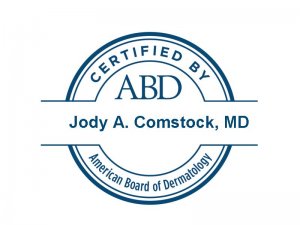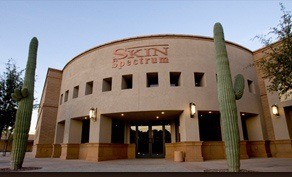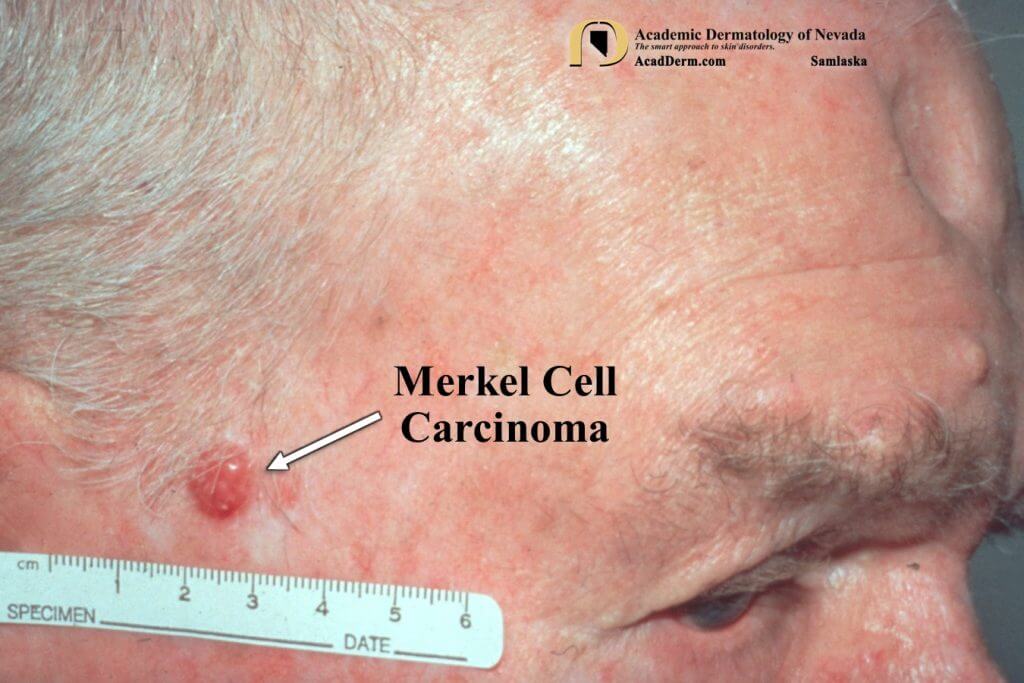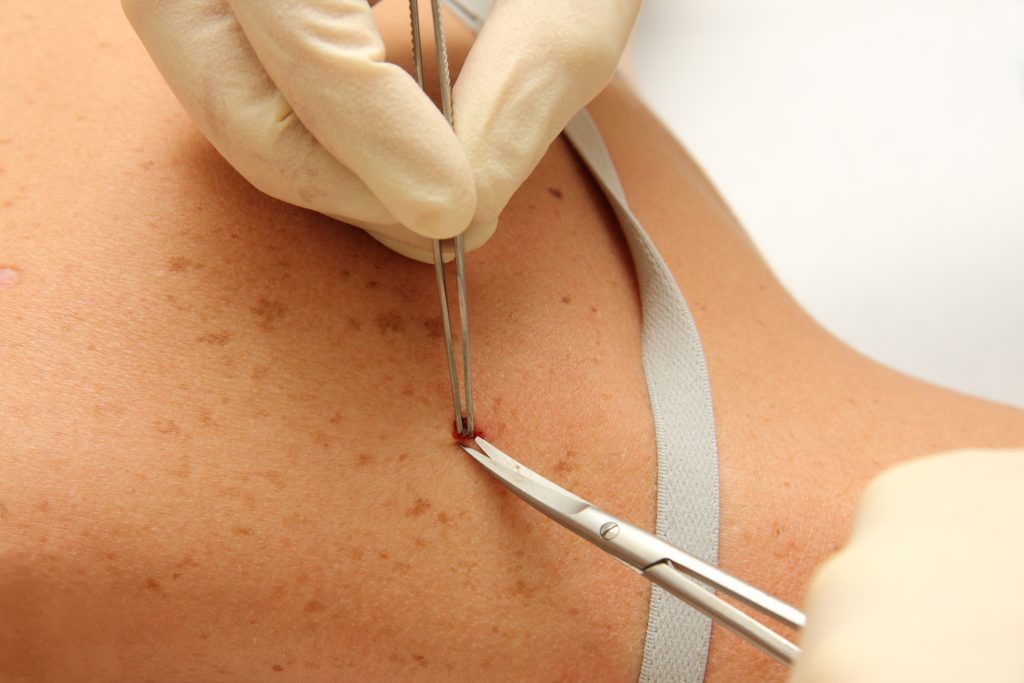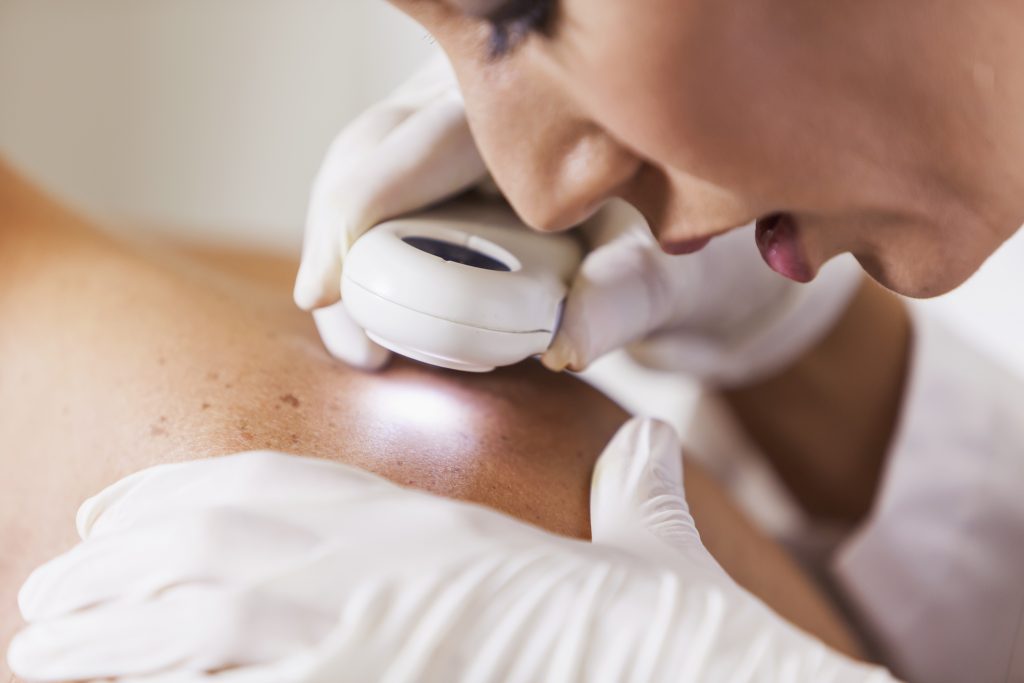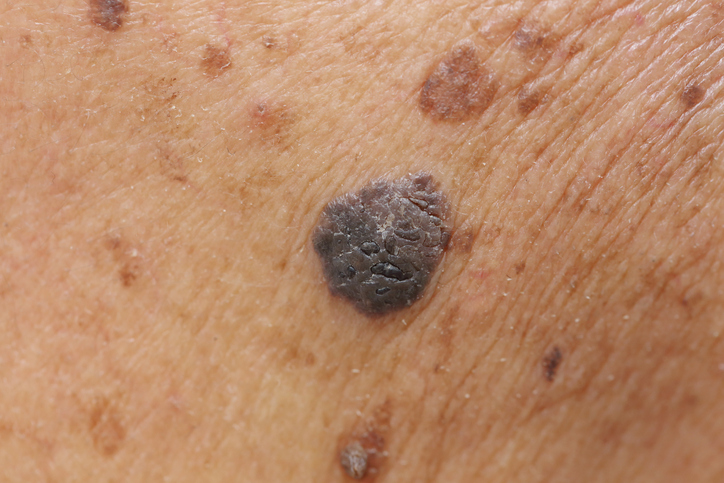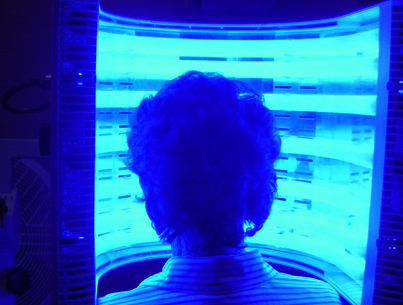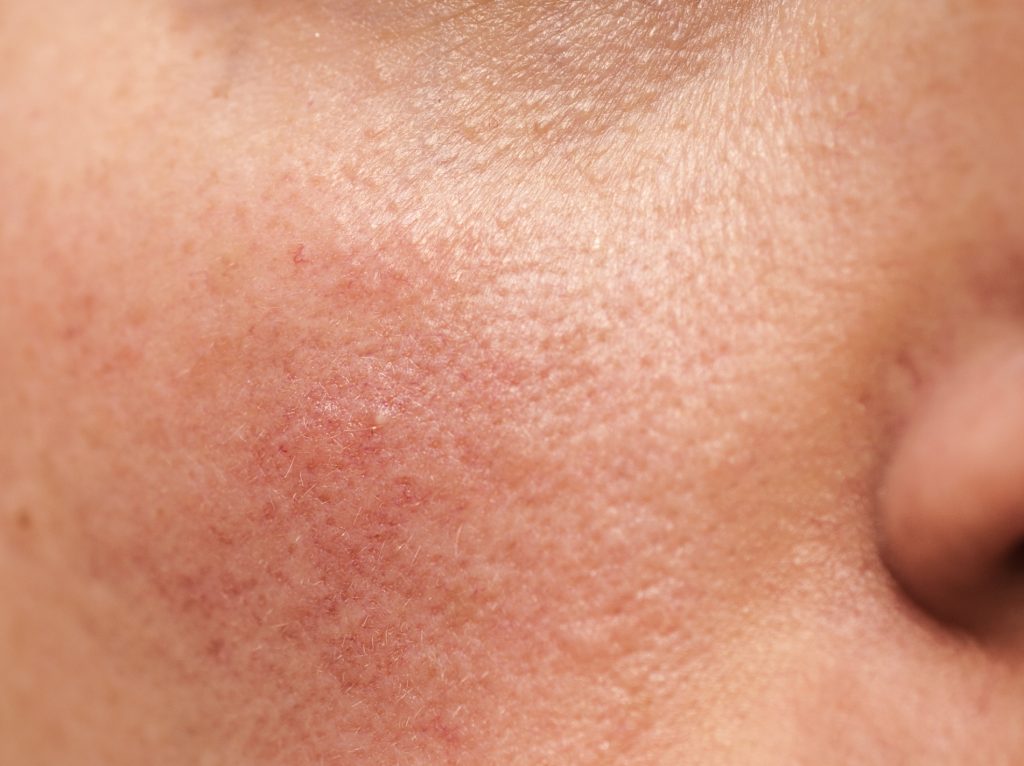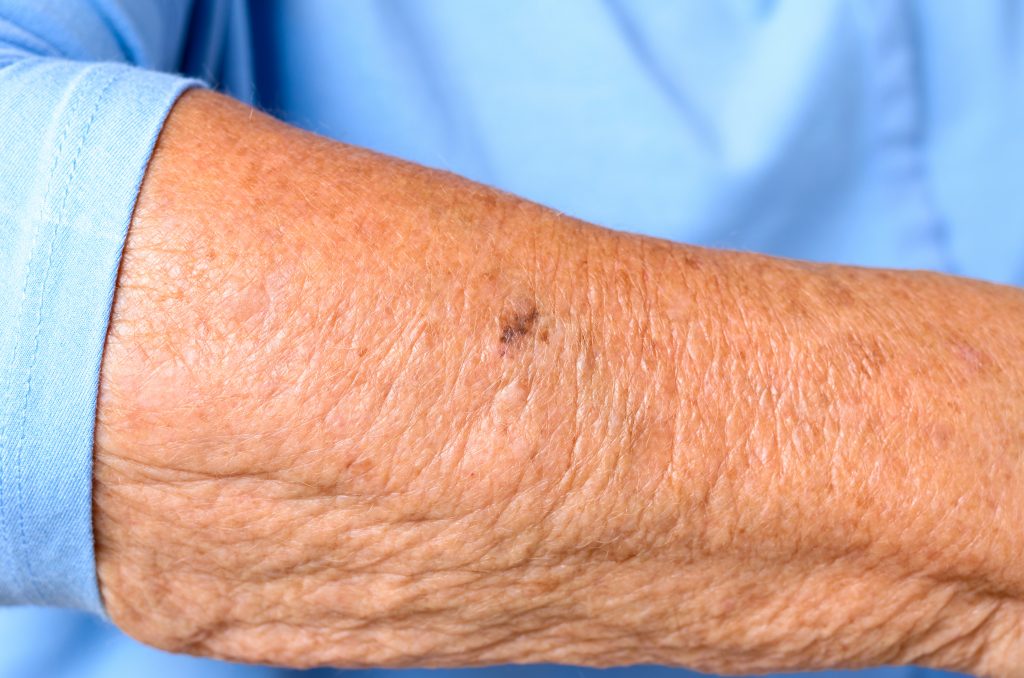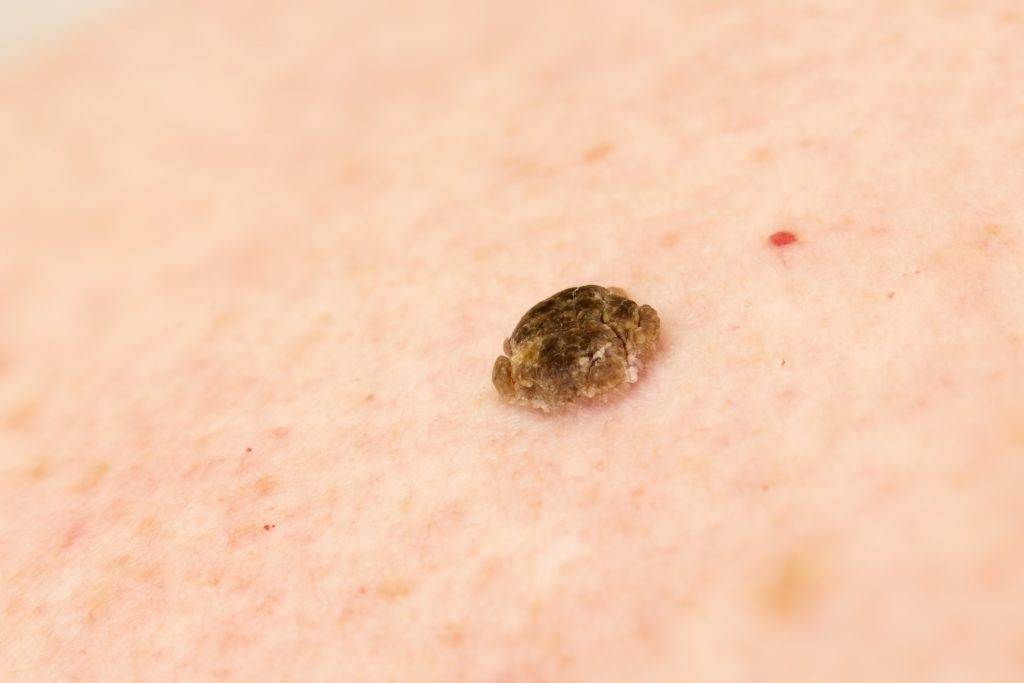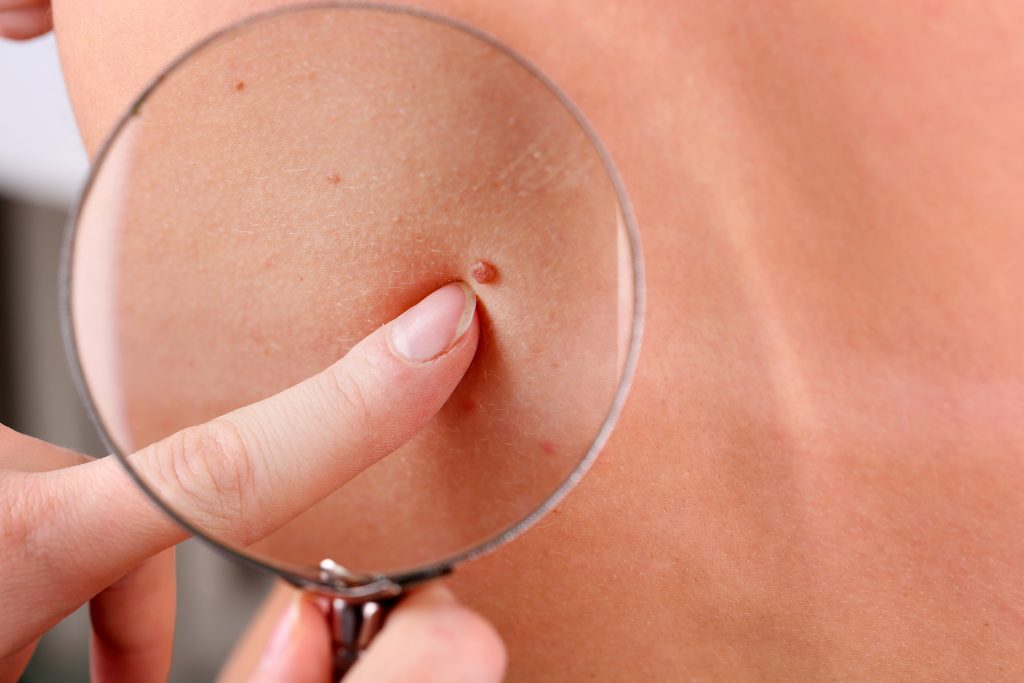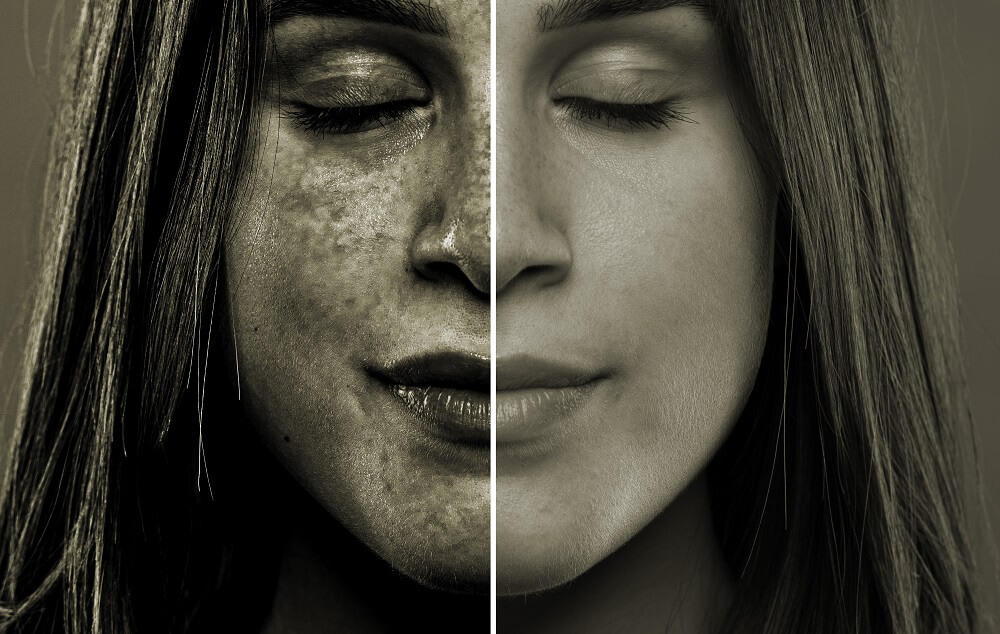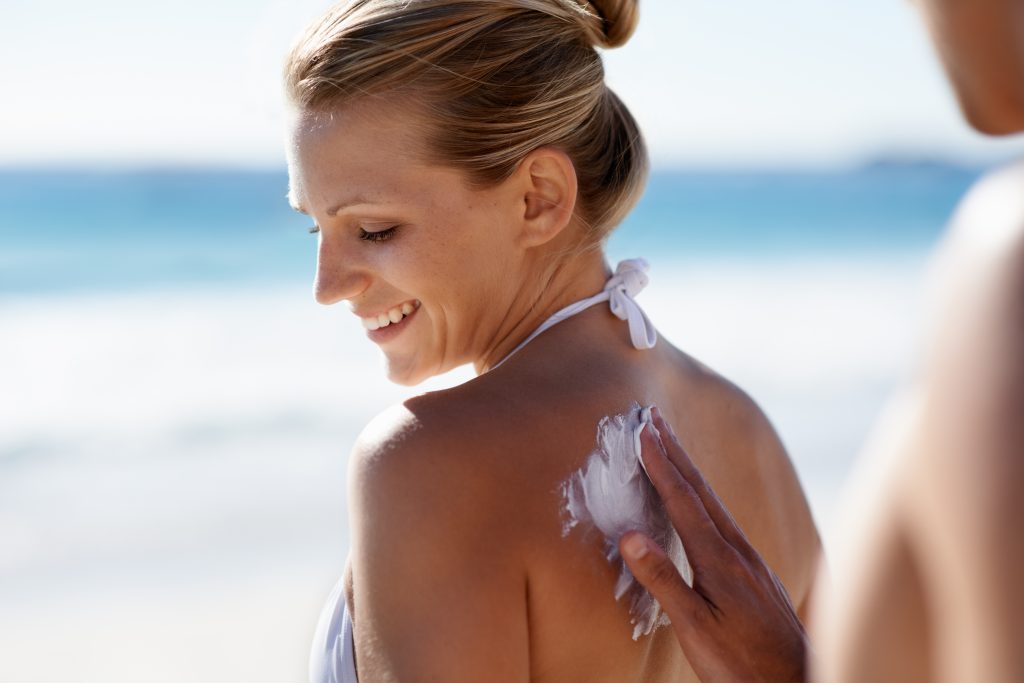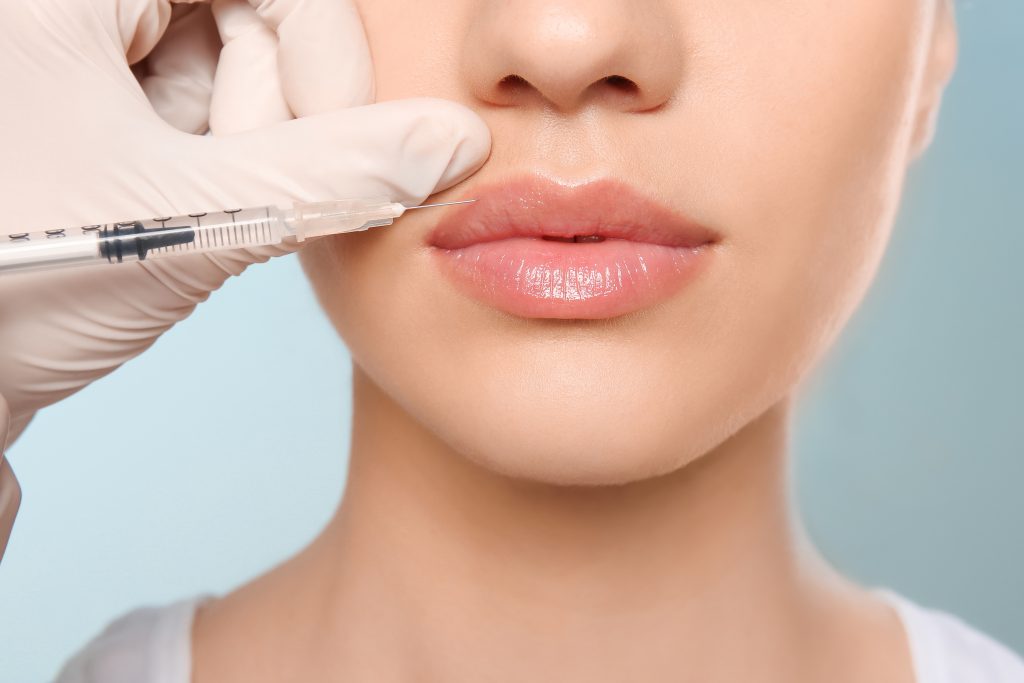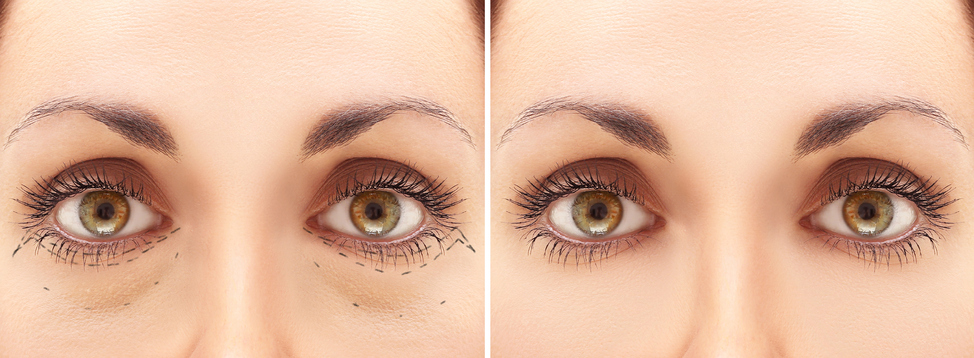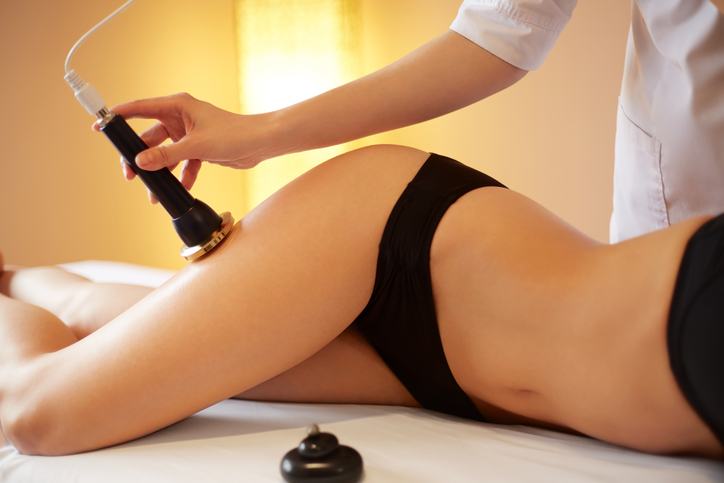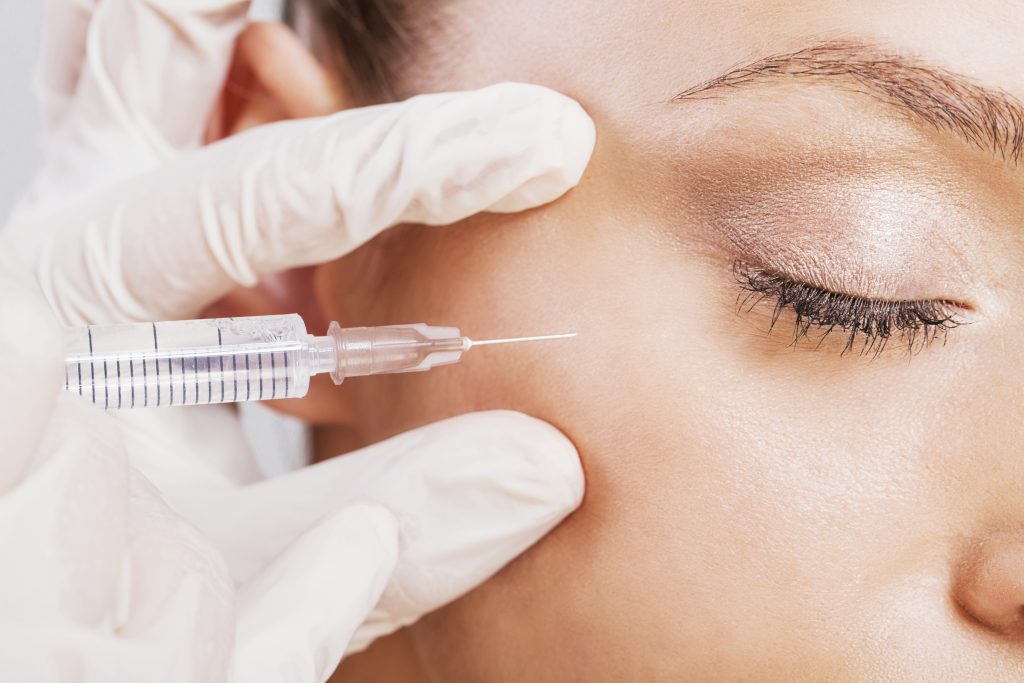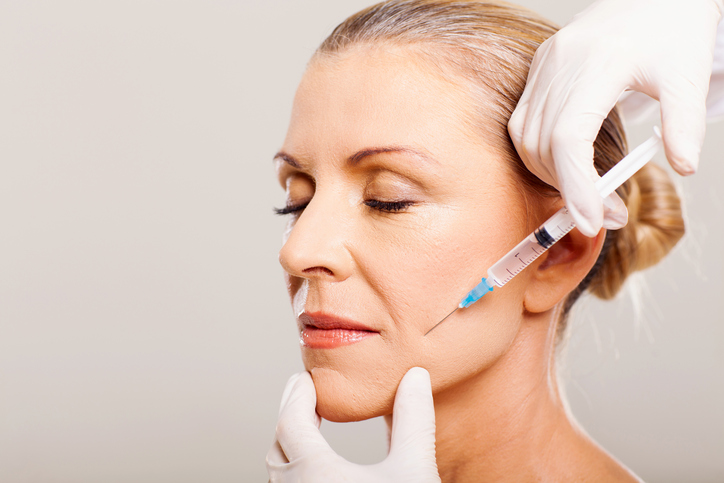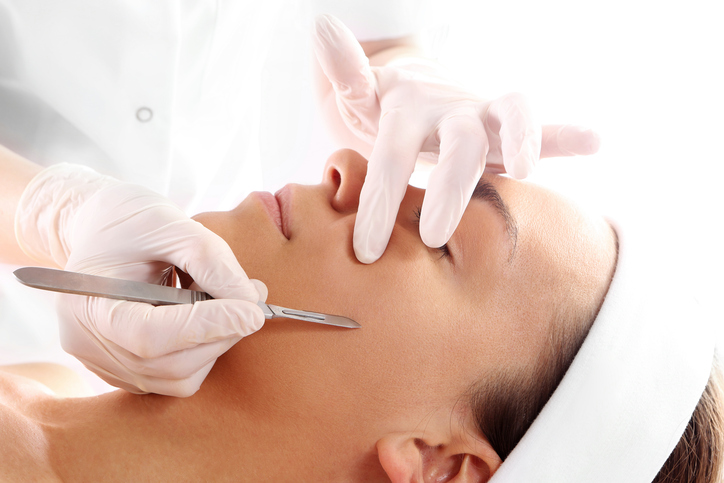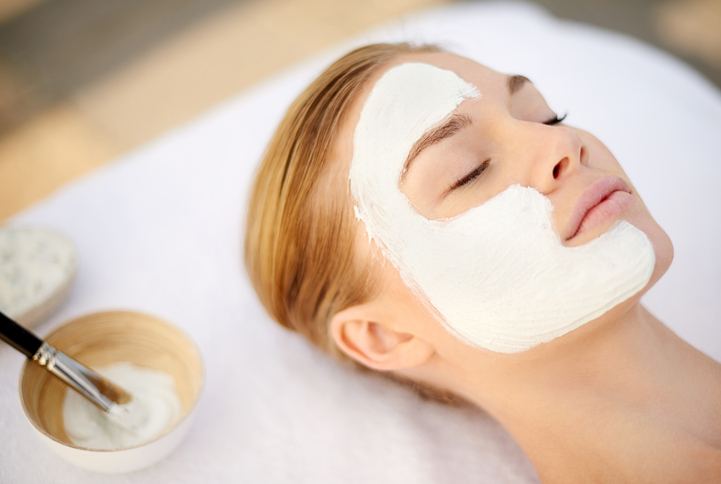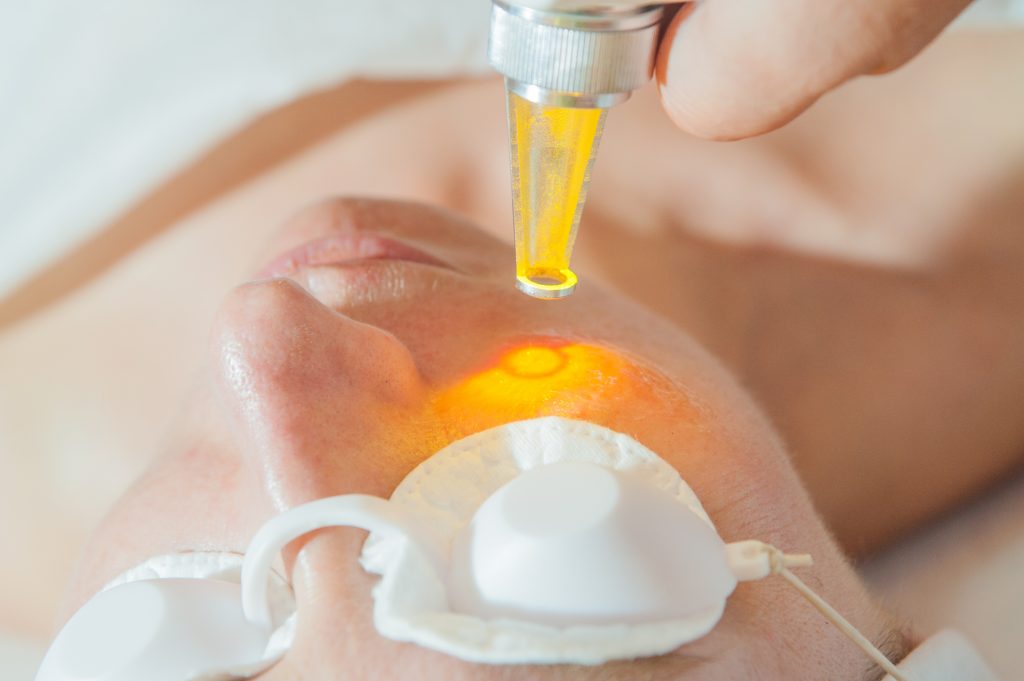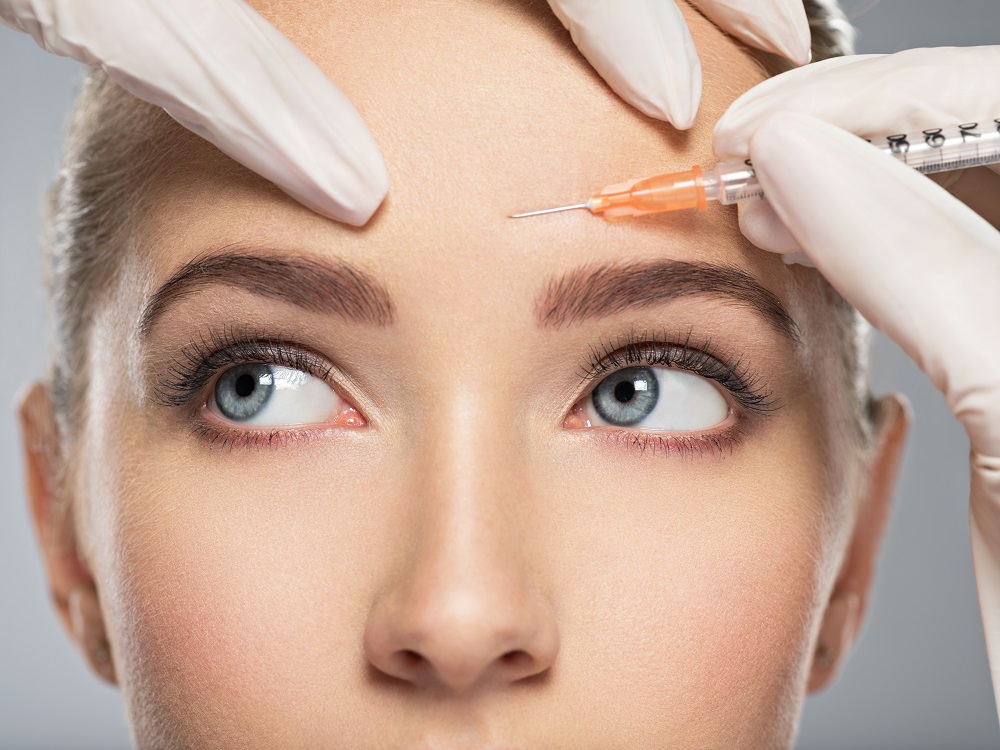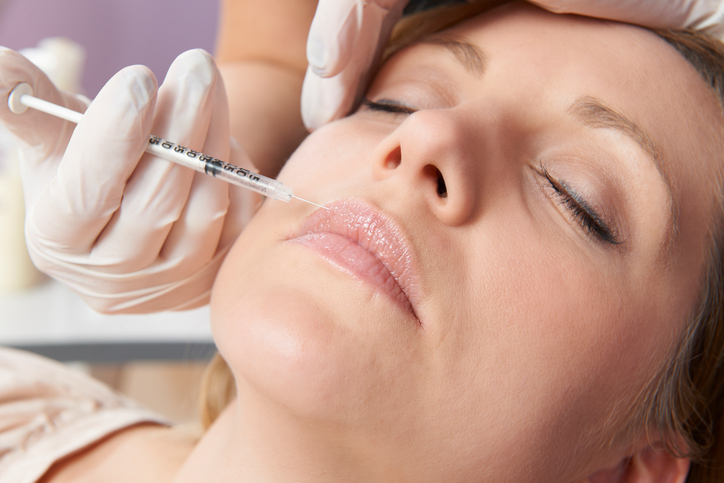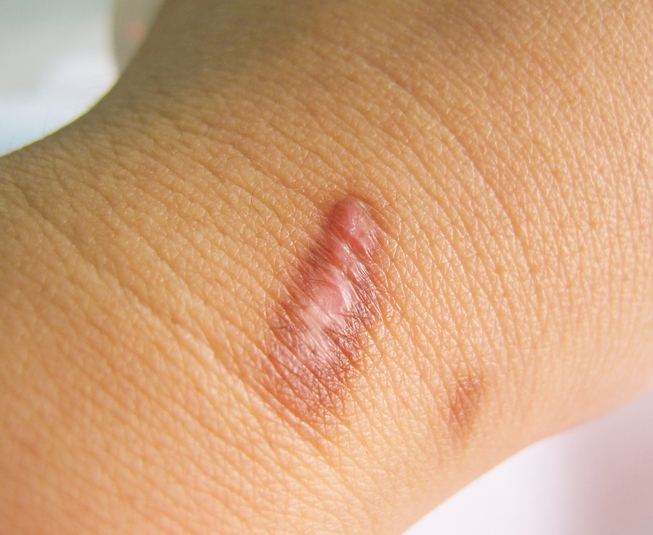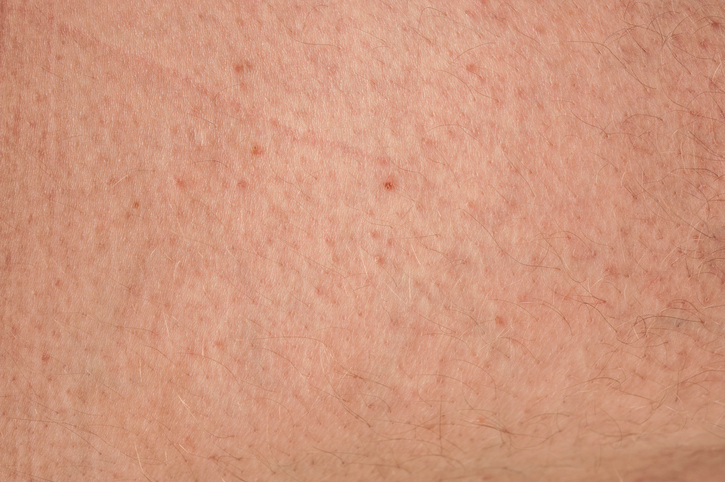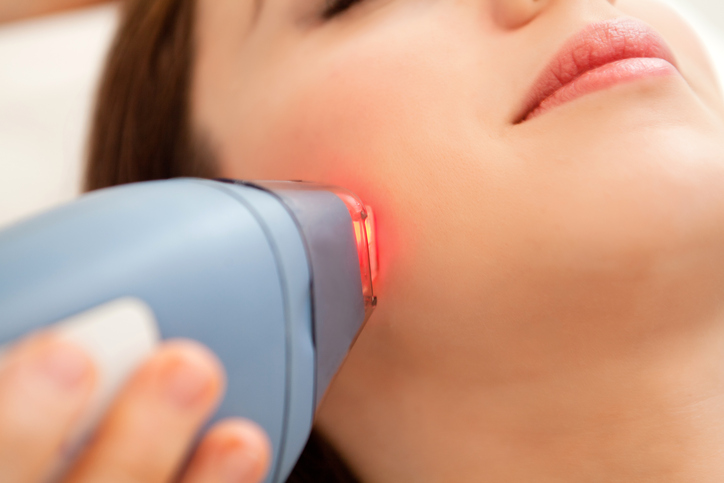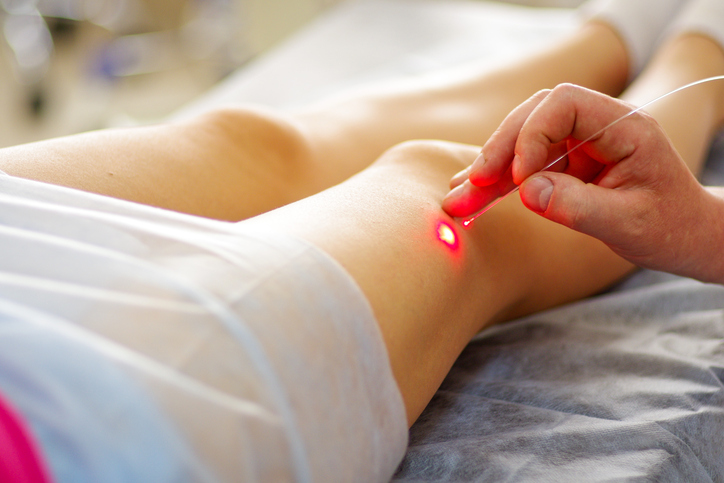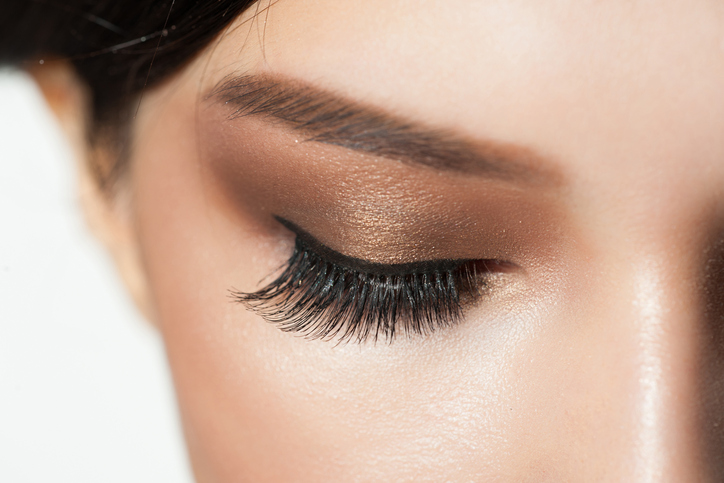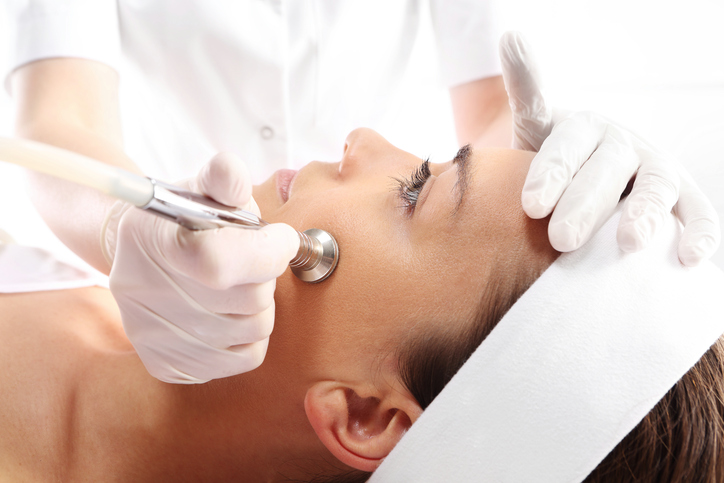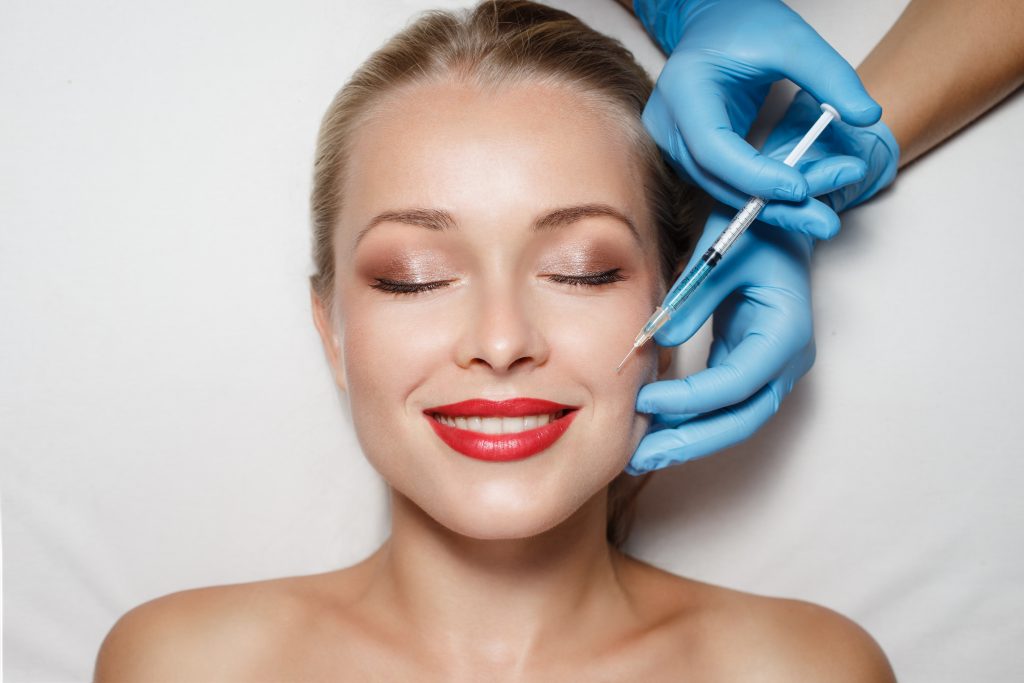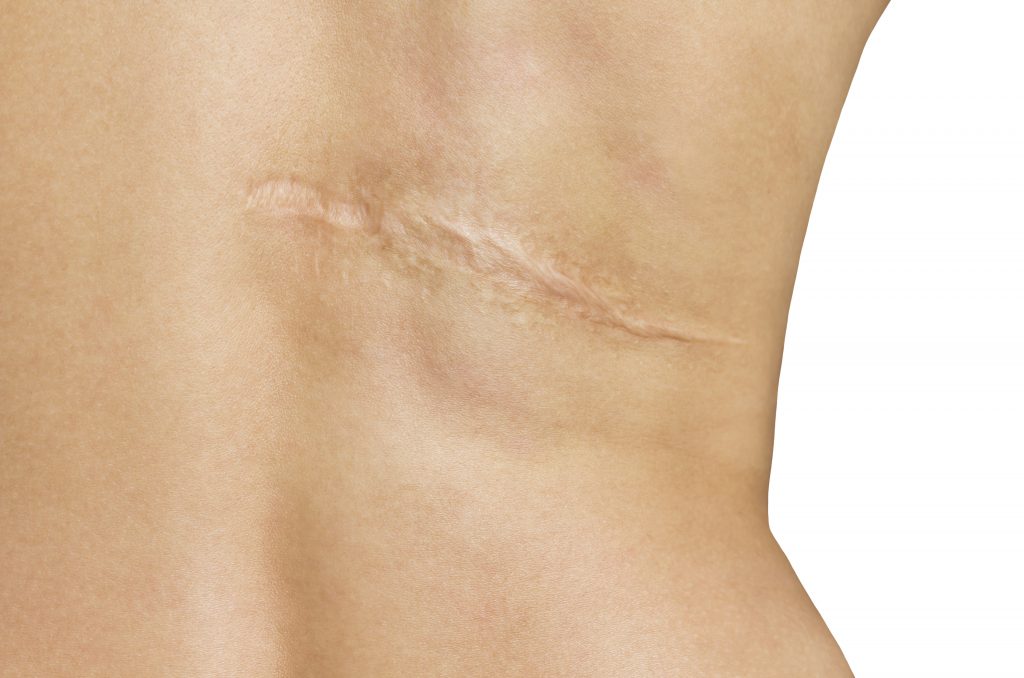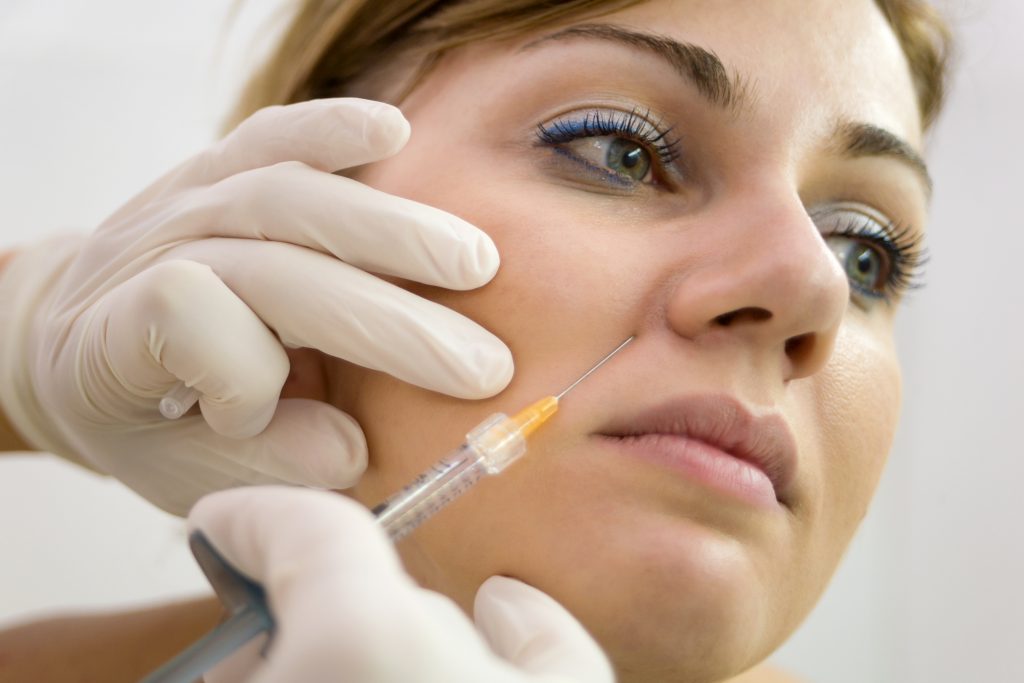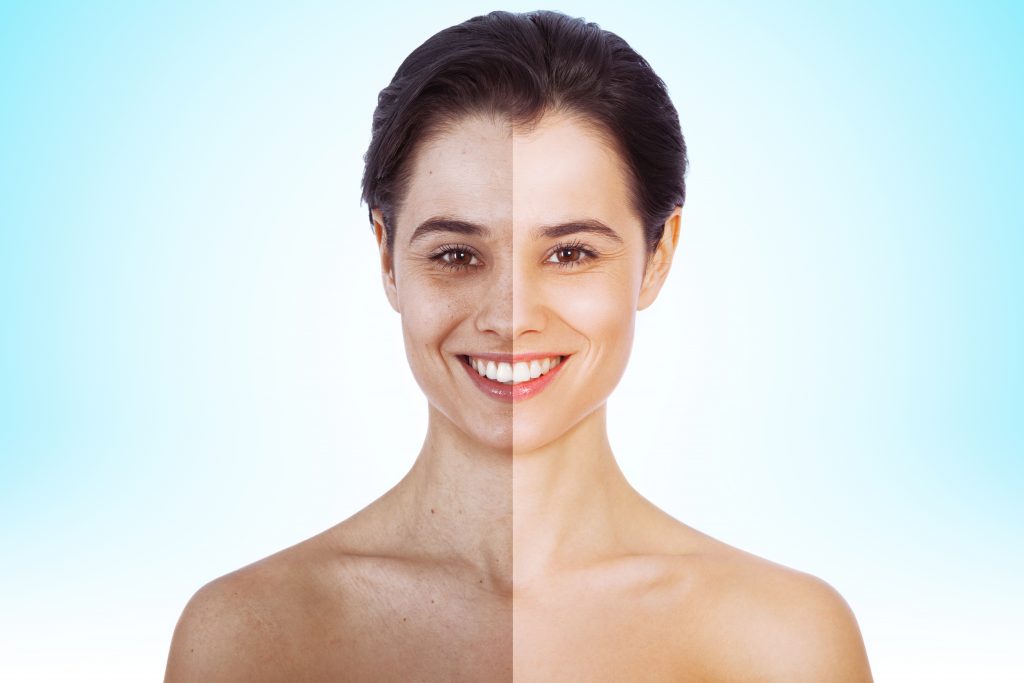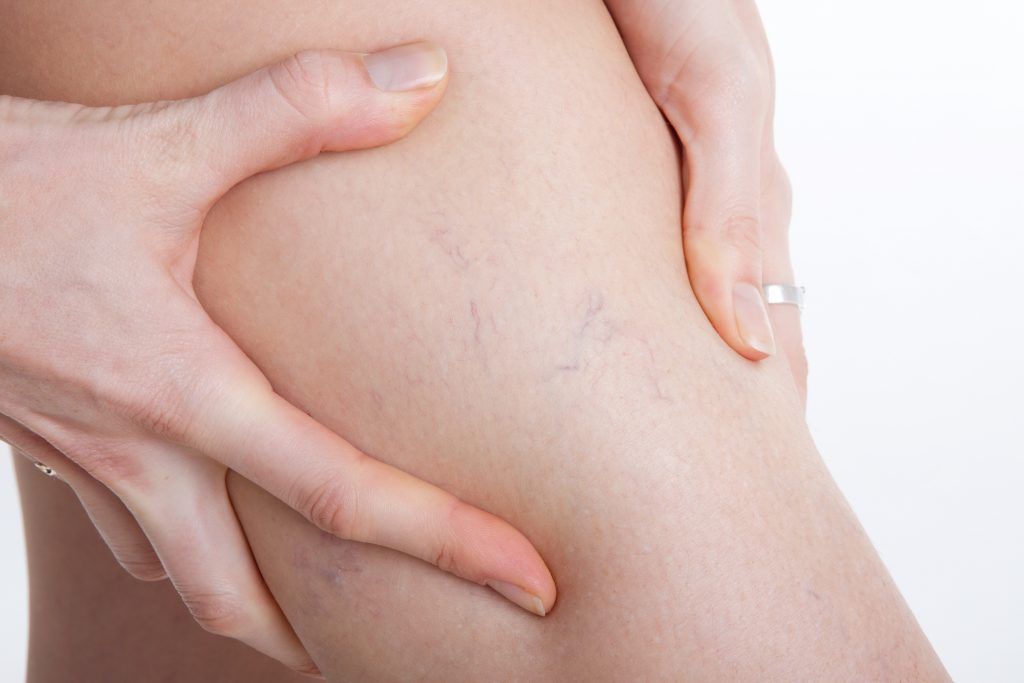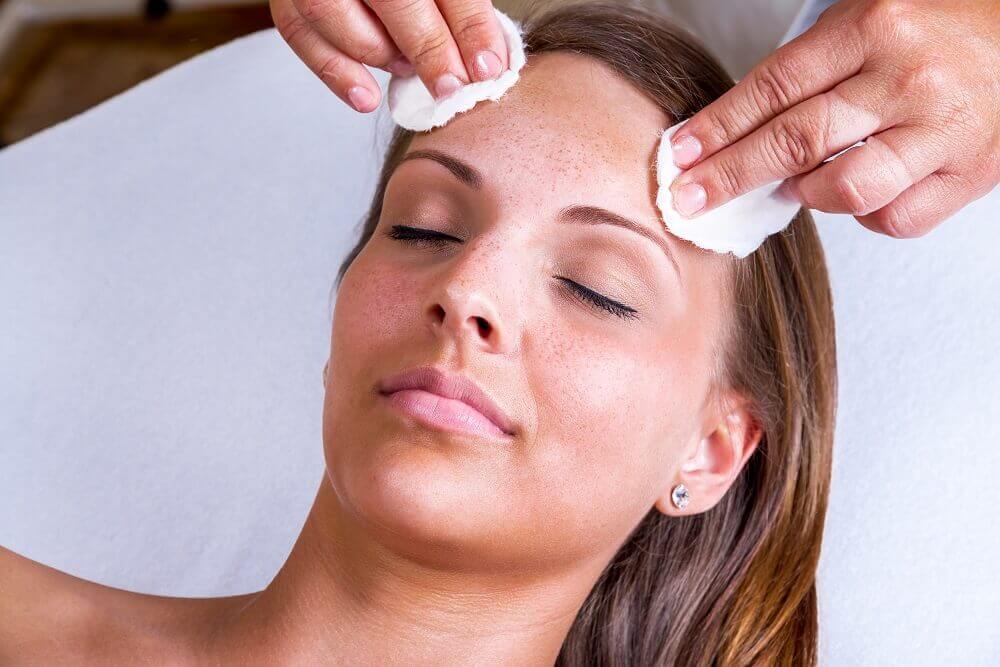Board-certified in both dermatology and pediatrics, Dr. Jody Comstock completed her dermatology residency at the University of Arizona after receiving her medical degree from Michigan State University. She is a highly sought-after dermatologist in Tucson, Arizona, who has authored and lectured extensively on various topics in the field of dermatology. Dr. Comstock has practiced in Tucson for more than 25 years, where she has helped thousands of women and men attain the healthiest skin possible.
Dr. Comstock’s expertise regarding the latest technologies sets her apart from other dermatologists in Tucson. She has a special interest in consulting, and she is a master trainer who instructs other health care professionals in the delivery techniques of neuromodulators and soft tissue fillers. She is also certified in the use of a wide variety of laser systems for aesthetic surgery. In addition to her widely recognized medical expertise, Dr. Comstock developed La Cholla Medica, an 18,000-square-foot facility created to provide patients with a comprehensive and integrated approach to health and wellbeing. The medical specialists at La Cholla Medica impart patients with unparalleled experience in skincare, hormonal treatment, nutrition, and healthy aging.
Dr. Comstock is committed to bringing the newest advancements in technology to Skin Spectrum’s patients. She is a member of the American Academy of Dermatology, the American Society for Dermatologic Surgeons, the Women’s Dermatologic Society, the Arizona Dermatology and Dermatologic Surgery Society and the Tucson Dermatology Society. As a pioneer in the field of cosmetic procedural dermatology, Dr. Comstock remains dedicated to transformational leadership and to being actively engaged in delivering on her vision for patients.
Dr. Jody Comstock provides care at Skin Spectrum Dermatology Tucson, now a part of U.S. Dermatology Partners.


